Tran Quoc Pagoda – A Millennia-Old Temple in Hanoi’s Heart
As a sparkling gem in the heart of Hanoi, Tran Quoc Pagoda has long been an alluring destination that attracts countless domestic and international tourists. With its sacred ambiance and rich history spanning over a millennium, visiting Tran Quoc Pagoda has become a spiritual tradition for many. Boasting a lifespan of 1,500 years, this is one of the oldest pagodas in Vietnam and was once honored as one of the “10 most beautiful pagodas in the world.”
1. Where is Tran Quoc Pagoda?
Tran Quoc Pagoda is located on a small island on the eastern side of West Lake, considered the most sacred ancient pagoda in Hanoi, with a history dating back 1,500 years. The pagoda is at 46 Thanh Nien Street, Yen Phu Ward, Tay Ho District, Hanoi.
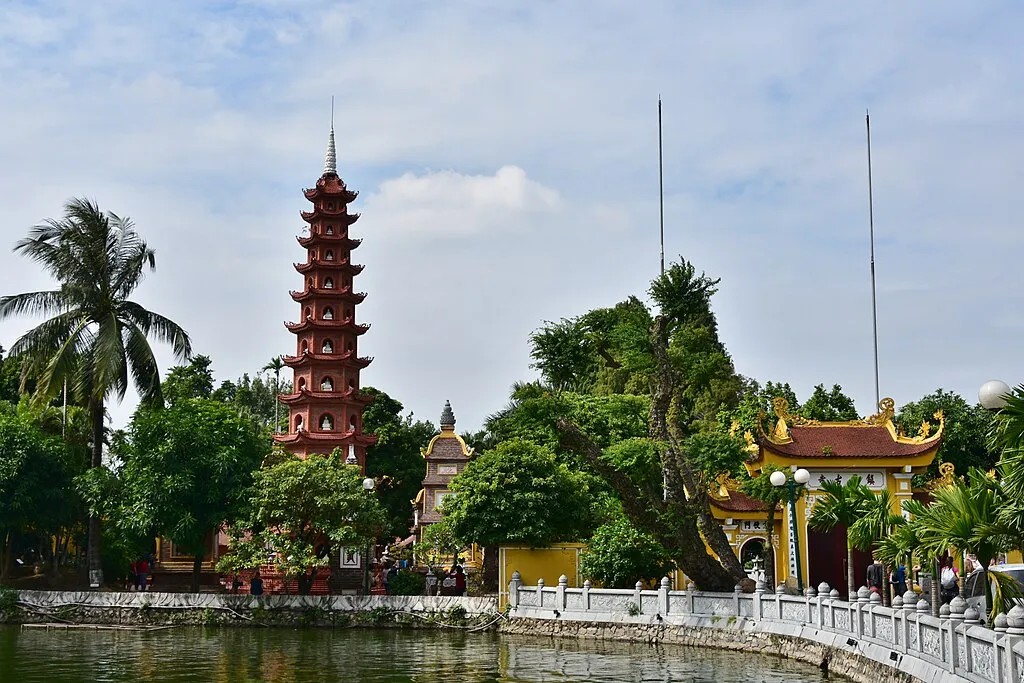
Tran Quoc Pagoda is located on a small island on the eastern side of West Lake with a history dating back 1,500 years - Photo Source: Wikipedia
Only about 4 km from the city center, it’s easy to reach Tran Quoc Pagoda by various means of transport. You can opt for a motorbike, car, taxi, or public transport such as Grab or buses. For those choosing the bus, routes 33 and 50 have stops conveniently located near the pagoda.
2. History of Tran Quoc Pagoda
Perched on a small island on the eastern side of West Lake, Tran Quoc Pagoda exudes a serene and sacred atmosphere amidst the bustling Thanh Nien Street. Initially known as Khai Quoc Pagoda, it was constructed in 541 AD during the Early Ly Dynasty. At that time, the pagoda was located along the banks of the Red River. However, due to severe erosion in 1615 (during the reign of King Le Trung Hung), the pagoda was relocated to the Kim Ngu Islet, within the Yen Phu embankment.
In the 17th century, Lord Trinh ordered the construction of the Co Ngu Dyke (now Thanh Nien Street), connecting Kim Ngu Islet to the mainland. During the reign of King Le Hy Tong (1681 – 1705), the pagoda was renamed Tran Quoc Pagoda, symbolizing the hope that it would help ward off natural disasters and bring peace to the people. This name has remained unchanged to this day.
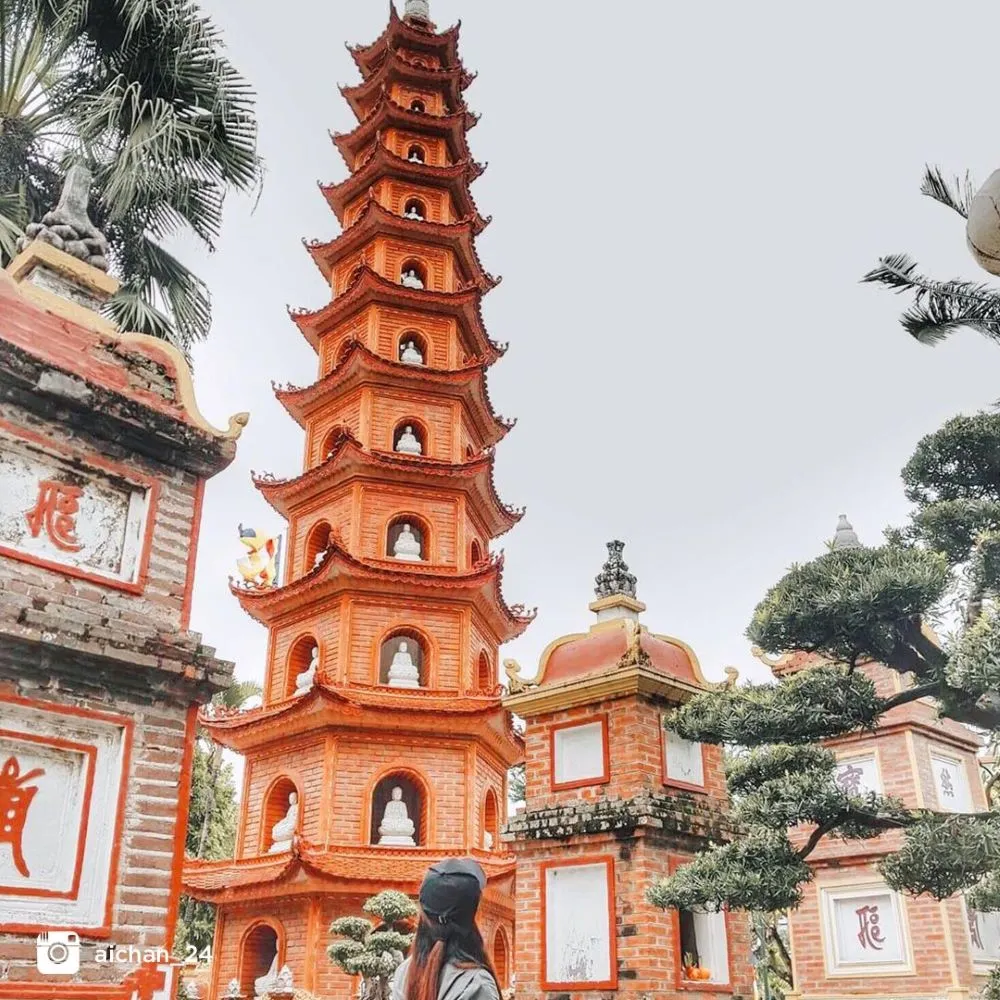
Tran Quoc Pagoda is Hanoi's oldest Buddhist temple, originally named Khai Quoc Pagoda - Photo Source: Fanpage Malaysia Airlines
In ancient times, Tran Quoc Pagoda was the center of Buddhism in Thang Long Citadel. During the Ly and Tran Dynasties, the kings often visited the pagoda for sightseeing and performing ceremonies on special occasions such as festivals and Tet. As a result, several palaces were built for the kings to rest, including Thuy Hoa Palace and Ham Nguyen Hall.
Tran Quoc Pagoda follows the Northern School of Buddhism, with its main hall housing revered statues of Amitabha Buddha, Shakyamuni Buddha, and Avalokitesvara Bodhisattva. Today, the pagoda still preserves many precious statues of Buddhas and Bodhisattvas, which are mainly placed in the Upper Hall.
3. Architectural Splendor of Tran Quoc Pagoda
The pagoda consists of three main structures: Tien Duong (Front Hall), Thieu Huong House, and Upper Hall, arranged in the shape of the Chinese character 工 (Gong). Behind the Upper Hall is a bell tower, constructed with a wooden frame and covered with traditional red fish-scale tiles, adding to the ancient charm of the site.
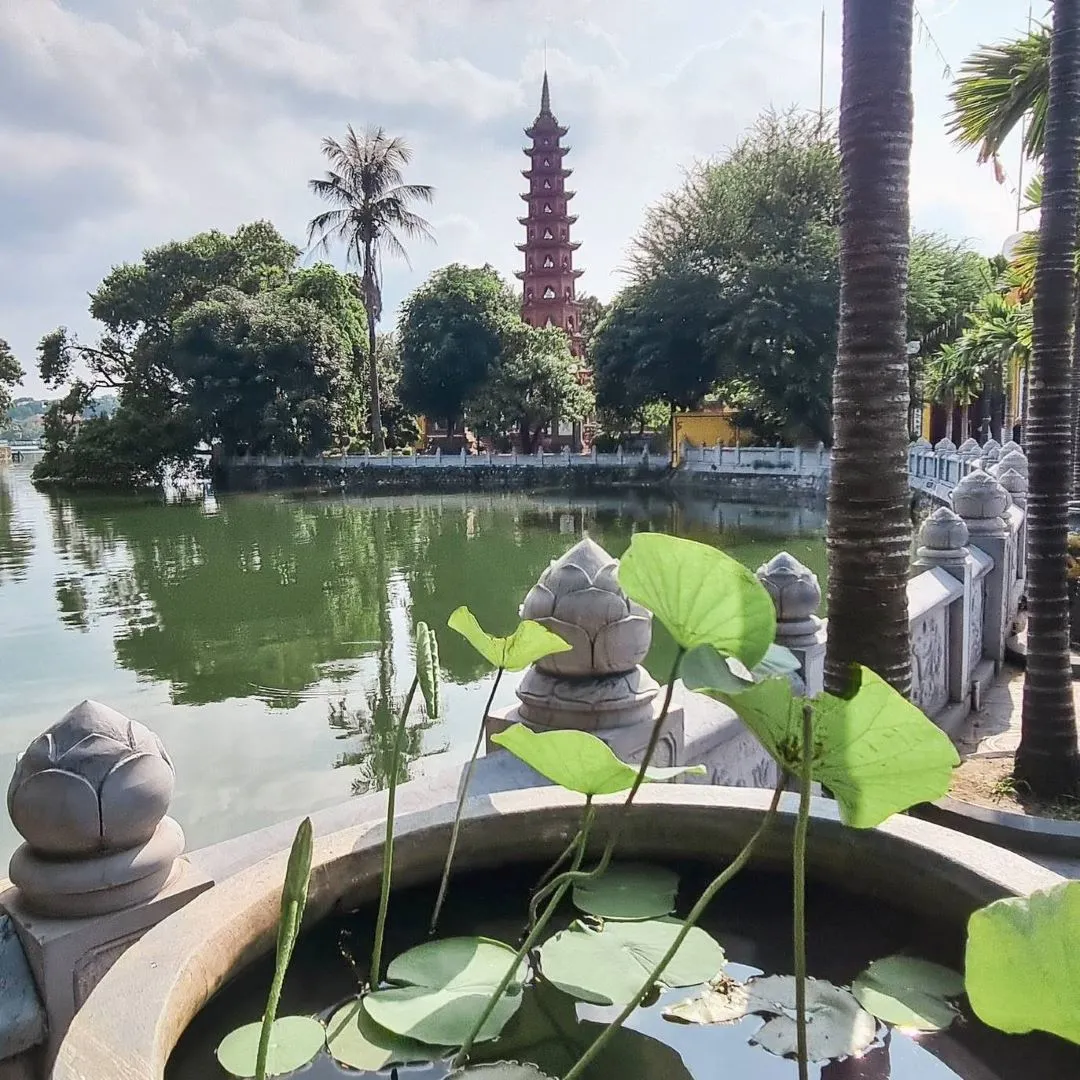
The pagoda features a distinctive 11-tiered stupa, the Nine-Storey Lotus Tower, standing at 15 meters - Photo Source: Facebook Brazen Art
The most prominent architectural feature of Tran Quoc Pagoda is the Nine-Storey Lotus Tower (Cuu Pham Lien Hoa), a 15-meter-high stupa with 11 tiers built in 1998. Each tier has six arched niches, housing a total of 66 statues of Amitabha Buddha made of precious stone. The top of the tower features a lotus-shaped jewel, symbolizing purity and enlightenment.
Adjacent to the Lotus Tower stands the Bodhi Tree, a gift from Indian President Rajendra Prasad in 1959. This sacred tree was propagated from the original Bodhi tree in Bodh Gaya, where Gautama Buddha attained enlightenment over 2,500 years ago.
4. Cultural heritage and historical relics nearby Tran Quoc Pagoda
Like most Vietnamese pagodas, Tran Quoc Pagoda maintains a strict layout and structure by Buddhist principles. Inside the pagoda, 14 stone steles are preserved, including those engraved by Nguyen Xuan Chinh (1587 – 1693) and Pham Quy Thich (1760 – 1825). These steles record significant restorations of the pagoda over the years, including those in 1624, 1628, 1639, 1815, 1821, and 1842.

Within the pagoda, 14 stone steles record significant restorations, including inscriptions by notable scholars - Photo Source: Fanpage Tây Hồ 360
Along the main hall, intricately carved wooden doors lead to the worship area, where gilded statues of Buddhas and Bodhisattvas are enshrined. The two side entrances feature statues of Kim Cuong (Diamond Guardians), standing as protectors.
5. Famous Nearby Attractions to Explore
To enrich your Hanoi journey, combine your visit to Tran Quoc Pagoda with other nearby landmarks. Below are some notable destinations worth exploring:
5.1. Quan Thanh Temple
A must-visit for spiritual travelers, Quan Thanh Temple is one of the “Four Sacred Temples” that protected the ancient Thang Long Citadel. Despite the passage of time and changes in dynasties, the temple retains its cultural and architectural significance, adding to the historical charm of Hanoi.
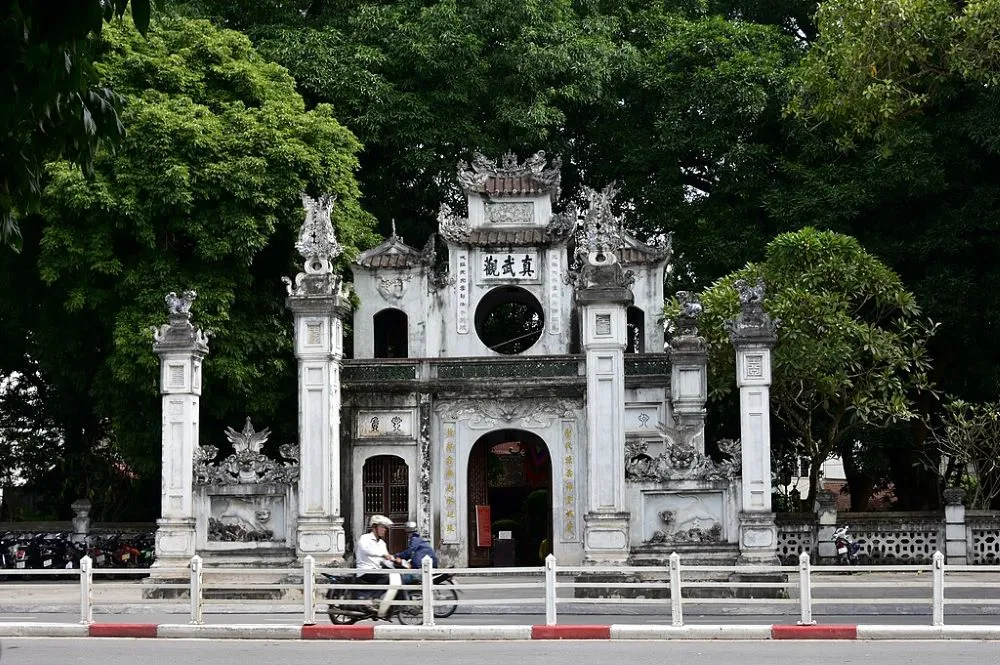
Quan Thanh Temple is one of the “Four Sacred Temples” that protected the ancient Thang Long Citadel - Photo Source: Wikipedia
5.2. Thang Long Imperial Citadel
Closely linked to the growth of ancient Thang Long – Hanoi, Thang Long Imperial Citadel is a UNESCO World Heritage Site that draws numerous visitors. The site boasts prominent structures such as Doan Mon Gate, Bac Mon Gate, Kinh Thien Palace, and various archaeological remains, offering insight into Vietnam’s glorious past.
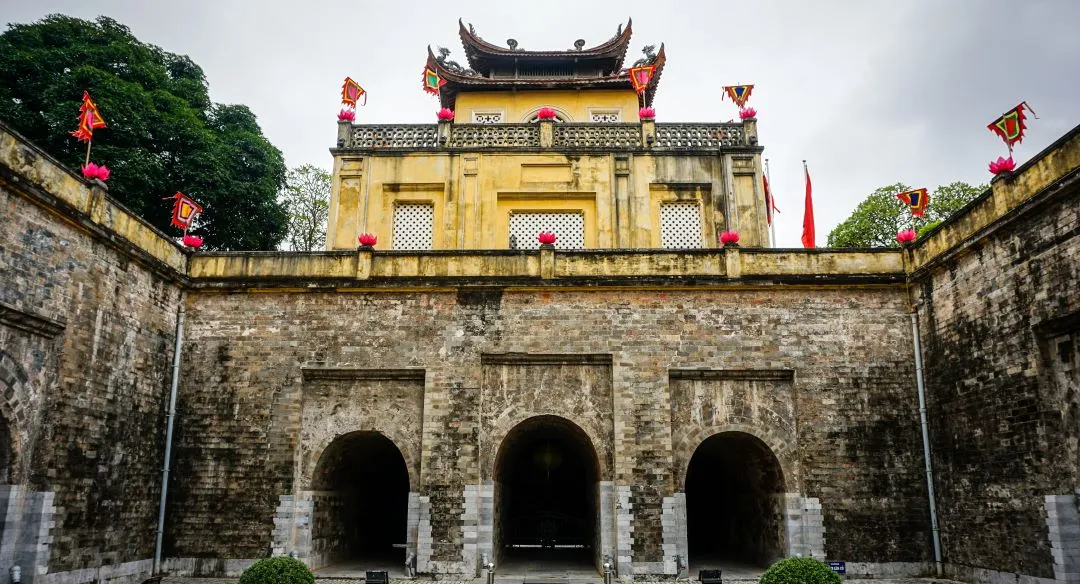
Thang Long Imperial Citadel is a UNESCO World Heritage Site that draws numerous visitors - Photo Source
5.3. Ho Chi Minh Mausoleum
A visit to Hanoi would not be complete without paying homage at the Ho Chi Minh Mausoleum, where the embalmed body of Vietnam’s beloved leader is preserved. The mausoleum is surrounded by rows of lush green bamboo, creating a peaceful and solemn atmosphere. Visitors can also witness the flag-raising and lowering ceremonies at fixed times of the day. Remember to dress respectfully and refrain from using recording devices when visiting this revered site.
To further enrich your understanding of Hanoi's past and present, consider also exploring its many museums in hanoi, which complement the experience of visiting the mausoleum.
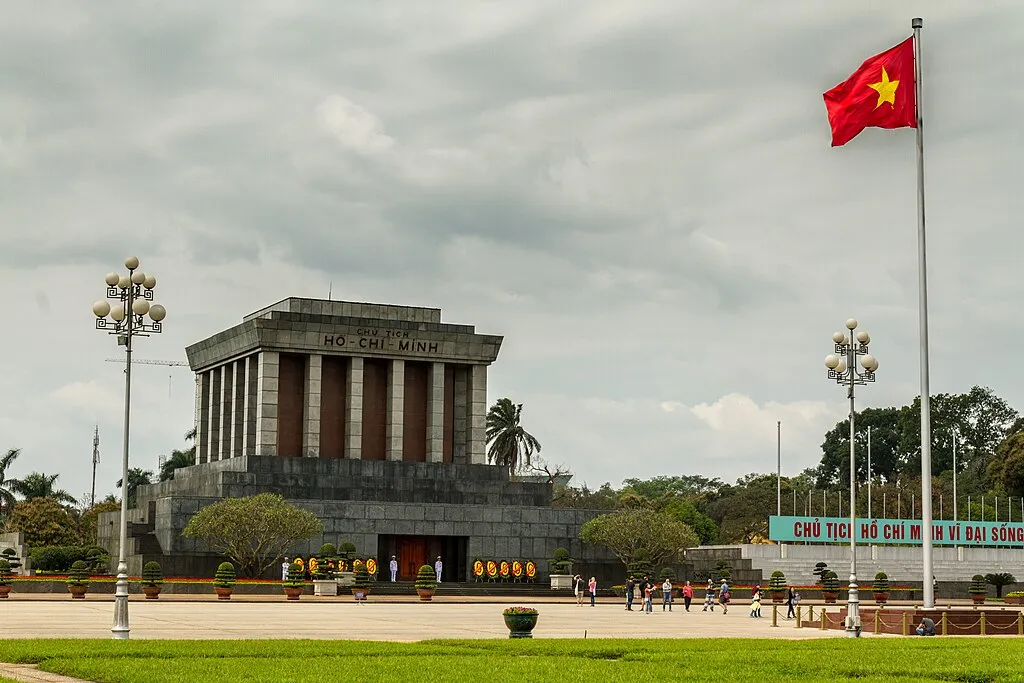
Ho Chi Minh Mausoleum is the final resting place of Vietnam's revered leader, Ho Chi Minh - Photo Source: Wikipedia
5.4. Hanoi Old Quarter
The Hanoi Old Quarter offers a variety of experiences, from strolling through ancient streets and enjoying local food to finding best souvenir shops in hanoi.
Take a stroll through the Hanoi Old Quarter, admire ancient houses, and savor local delicacies for a quintessential Hanoi experience. Located north and west of Hoan Kiem Lake, the Old Quarter comprises numerous streets, each specializing in a particular trade. Explore the vibrant market stalls, capture the bustling street scenes, and indulge in iconic dishes such as Cha Ca La Vong, Wonton Noodles on Dinh Liet Street, and Pho Bat Dan.
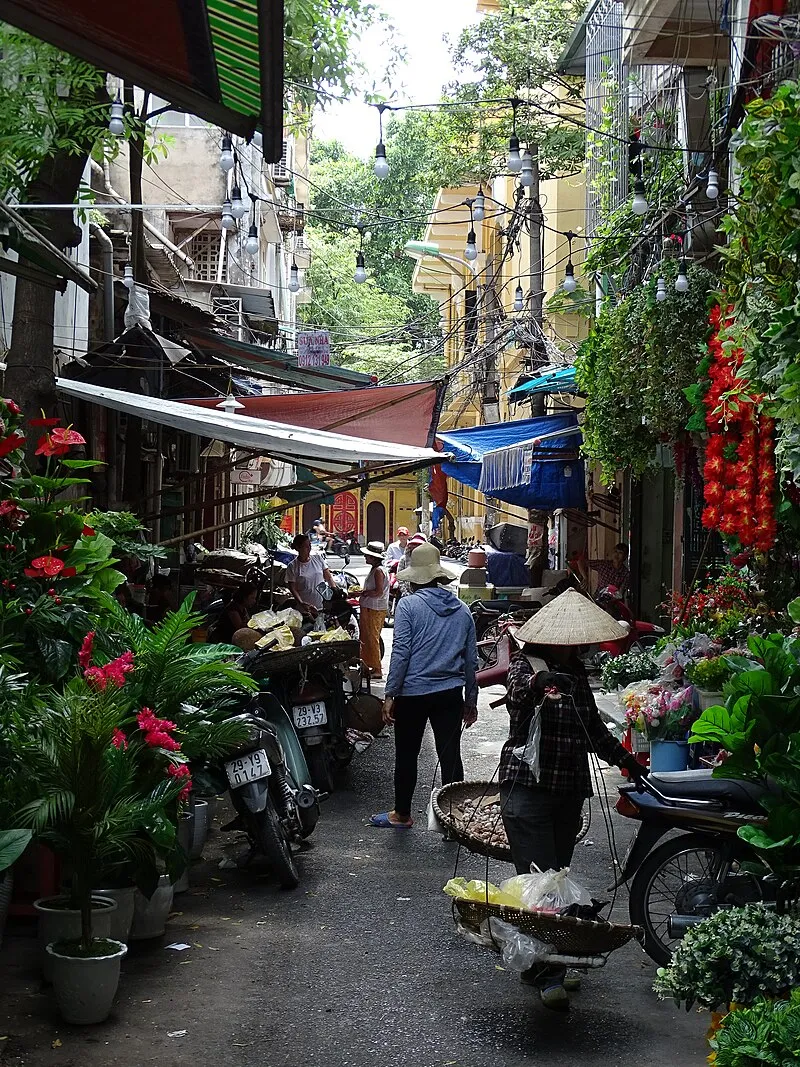
The Old Quarter comprises numerous streets, each specializing in a particular trade - Photo Source: Wikipedia
6. Recognition and Legacy
In 1989, Tran Quoc Pagoda was recognized as a National Cultural and Historical Monument due to its historical significance and unique architecture. Today, Tran Quoc Pagoda is not only a sacred Buddhist sanctuary that attracts devoted followers but also a captivating cultural site that draws tourists from all over the world.
7. Plan Your Visit to Tran Quoc Pagoda
If you’re planning a trip to Hanoi and want to explore the city’s rich spiritual heritage, Tran Quoc Pagoda should definitely be on your itinerary. For any further assistance or tour recommendations, feel free to contact Joytime – Your Vietnam Journey’s Servant Expert. Beyond its spiritual sites, Hanoi also boasts a vibrant shopping scene, with many interesting markets in hanoi city to explore.
|
Tourist information:
|
|
Joytime Travel Agency - Travel JOY, TIMEless Vietnam Follow us for travel tips, local insights, and exclusive offers:
|

Danish Nguyen
Danish Nguyen is a renowned travel blogger in Vietnam with over 5 years of experience sharing unique travel experiences. With a passion for exploring new places, Danish captures incredible moments and provides readers with valuable tips to discover the beauty of his homeland.





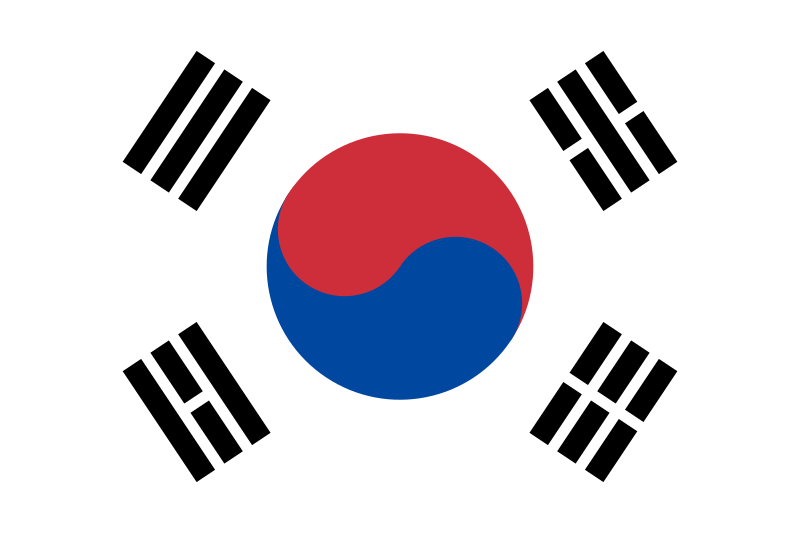


.webp)
.webp)








